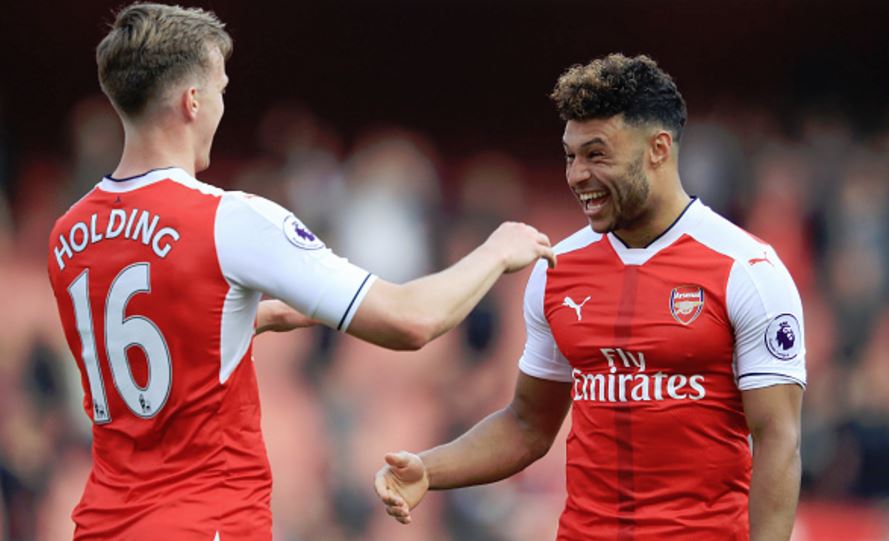This season, a new formation and tactical system swept the Premier League, and to some extent world football.
Previously, using three centre backs was something mostly seen in Italy. The 4-2-3-1 and 4-4-2 dominated English football.
But by the end of the 2016-2017 season, most teams had at least tried some form of three at the back. What changed? Why so quickly? Why did this system work so well for Arsenal?
3. For the Future
Two questions remain: will Arsenal use this going forward, or was this a one-time deal; and will this system be as effective next year as it was this season?
Arsene Wenger is notoriously stubborn.
Will he go back to his old ways, or stick with the new system?
The results are hard to argue with. New signing Sead Kolasinac seems to be a player perfectly suited to the 3-4-3. Similarly to Monreal, he has played as the left wingback and the left sided centre back.
The system allows Arsenal to get their best players on the field with the fewest selection headaches.
When healthy, Holding, Koscielny, and Mustafi are three terrific central defenders. Having them all on the field at once gives Arsenal tremendous support at the back. It also lets Sanchez and Özil roam as they want to do.
Hopefully, Arsenal can replicate this run of form at the start of next season.
What remains to be seen is if the new system will be effective after a summer when managers have time to plan for it. All of the switches to a back three came mid-season, leaving opposing managers less time to figure out how to beat it.
After a full off-season of creating tactics to defeat it, will it still be as effective?
If Arsenal do decide to stick with the new system, hopefully it will be as effective as it was in the last ten games.
More silverware will surely be on the way if it is.

